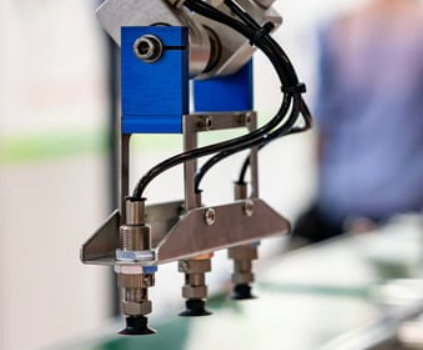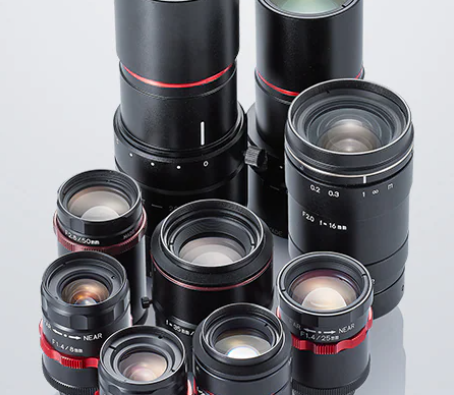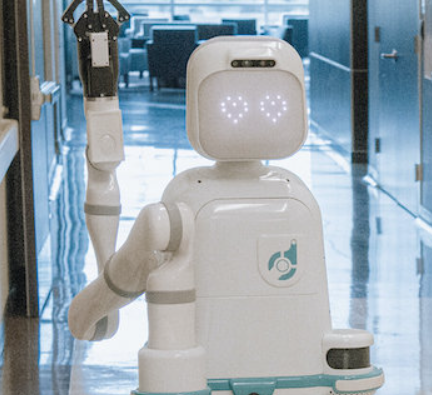
In industrial environments where efficiency is paramount, repetitive tasks like moving items from one location to another can drain both time and human resources. That’s where pick and place robots come into play. These automated systems are designed to handle mechanical and monotonous operations, making them a perfect fit for factories, warehouses, and logistics centers.
What Are Pick and Place Robots?
Pick and place robots are automation tools built to lift and relocate objects from one point to another. These systems were traditionally stationary robotic arms fixed to a specific position on the production line. However, the field has evolved significantly. Companies like Robotnik have pioneered mobile manipulation technologies, creating robots that combine a mobile base with a robotic arm. This advancement allows robots to move freely and perform tasks across multiple locations, increasing flexibility and efficiency.
Benefits for Industrial Productivity
The implementation of pick and place robots brings numerous advantages to manufacturing and logistics workflows. Two key benefits stand out: faster processing times and improved cost-efficiency. Here’s how:
- Higher throughput: Robots can operate at speeds beyond human capability without fatigue.
- Reduced errors: Automation ensures greater precision and consistency in task execution.
- Round-the-clock operation: Unlike human workers, robots can work continuously without breaks.
- Improved accuracy: Repetitive tasks are handled with consistent precision.
Choosing the Right Pick and Place Solution
With a wide array of robotic systems available, selecting the appropriate model depends on specific application needs. When looking to automate handling tasks, companies should evaluate:
- Mobility Requirements: Does the operation need a fixed arm, or would mobility add value? A mobile manipulator allows tasks to be performed at various locations, increasing return on investment.
- Reach Capabilities: For example, Robotnik’s RB-KAIROS+ includes a Universal Robots arm that extends up to 1,300 mm, providing a significant range for handling components.
- Load Capacity: Whether dealing with lightweight parts or heavier items, payload limits matter. The RB-KAIROS+ can carry 12.5 kg on the arm and up to 250 kg on its base, supporting a wide range of applications.
Applications Across Industries
Pick and place robots are highly adaptable and can be used for a variety of industrial tasks:
- Assembly Line Operations: Moving components from one station to another with speed and precision.
- Packaging: Organizing and transferring goods into containers or boxes.
- Inspection and Quality Control: Identifying defects and removing faulty items from the line.
- Screwdriving, polishing, and measurement tasks: Supporting high-precision processes in manufacturing.
Many companies have enhanced the value of existing robotic arms by integrating them onto mobile platforms. This integration enables robots not only to perform their original functions but to do so with added autonomy and range.
The RB-KAIROS+ Advantage
One of the standout solutions on the market is the RB-KAIROS+ mobile manipulator. Its omnidirectional base provides seamless navigation across workspaces, significantly reducing travel time compared to traditional differential systems. Additionally, its user-friendly interface allows for quick and easy deployment, making it an attractive option for businesses seeking to streamline their automation strategy.
Incorporating pick and place robots into your production line isn’t just a smart move—it’s a necessary step toward modernizing operations, reducing overhead, and staying competitive in today’s fast-paced industrial landscape.












